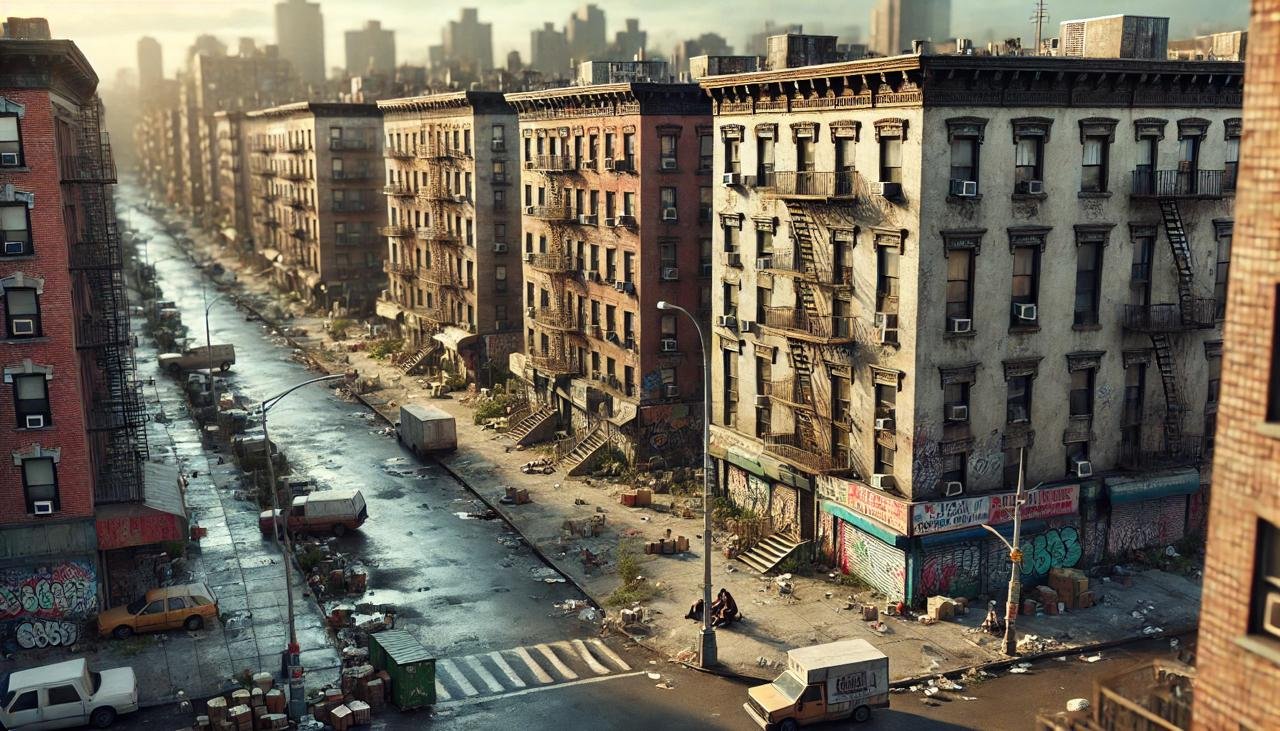What Is the Poorest Neighborhood in NYC
New York City capital of culture and skyscrapers, hiding in the very same city several neighborhoods fight heavy economic battles. Among other reasons stands one neighbourhood, specifically Bronx-in its neighborhood that frequently tops the list of cities for. This blog explains what social and economic dynamics lay hidden in these local areas while discussing the dilemmas their residents face and background, and systemic issues involved within those areas.
According to the latest data, Melrose is the poorest area in New York City. The median household income there is just $28,000. Affluent neighborhoods such as Tribeca boast median incomes around $200,000. In Melrose, nearly half the population lives below the federal poverty line. Economic inequality here impacts everyday life, including residents' access to opportunities. A Move Out Cleaning Service NYC can guarantee that for families who are moving to a better condition, their former houses will be left spotless, easing part of the transition stress.
Poverty Districts
Several of its districts comprise high percentages of poor population such as;
District 16: Comprises Morrisania, Highbridge, and Melrose in which poverty figures stand close to 40%. In the area dwell mostly Latin American and African American family members. It is said that a moderate household income stands merely beyond $30,000; depicting a circle of disadvantage with respect to the economy .
District 17: It comprises such neighborhoods as Longwood and Hunts Point. This district has the same issues. For instance, the median household income in Crotona Park East is just above $25,000 with a poverty rate of over 30%.
District 15: District 15 comprises neighborhoods such as Fordham and Mount Hope. This district, as well, has a large number of people living in poverty. The median income in Mount Hope is approximately $42,000. About 29% of people are living below the poverty level.
Impact of Poverty
Living in such economically impoverished neighborhoods is very profound and far-reaching. Most typical challenges that most people, living in such neighborhoods typically face include:
Access to Education: In a study of Brownsville (Brooklyn) only 39 percent scored at grade level in both math and reading. A strong association with household income was documented5.
Health Disparities: High levels of poverty are linked with poor health conditions. Lack of access to health care services is a major factor, which makes chronic health issues that worsen the residents' state of building stable lives.
Housing Instability: In most cases, family members cannot afford to pay their rent, especially those staying in a poor neighborhood that is quite expensive. This may make many family members often relocate or become homeless, thus making it worse for their lives.
Moving Ahead: Economic Inequality
Community organizations and the government are working to rebuild these neighborhoods to overcome these deeply rooted problems. Improving educational outcomes, health services, and job training programs are essential to getting out of the poverty cycle.
For those residents who are thinking of leaving these challenging conditions, companies like a Move Out Cleaning Service NYC make transitions easier and leave their former homes clean by removing stress associated with the entire moving process.
Conclusion
The question of what constitutes the poorest of NYC requires more than statistics; it requires a recognition of human stories behind those numbers. Melrose and Morrisania are not just stats but communities filled with survivors who are striving for greater lives amidst systemic challenges.
This is going to keep New York City developing forward, and addressing such disparity will be key to cultivating an inclusive environment where every member of the community has ample opportunity to succeed. Even through community engagement or the professional services of a move out cleaning service NYC will make all the difference towards creating a way out for those who need it.
In conclusion, though New York City peeks through a prism of plenty and possibility, it is an oversight to ignore the brutal facts that life poses for so many who live there—especially the city's poorest residents.
